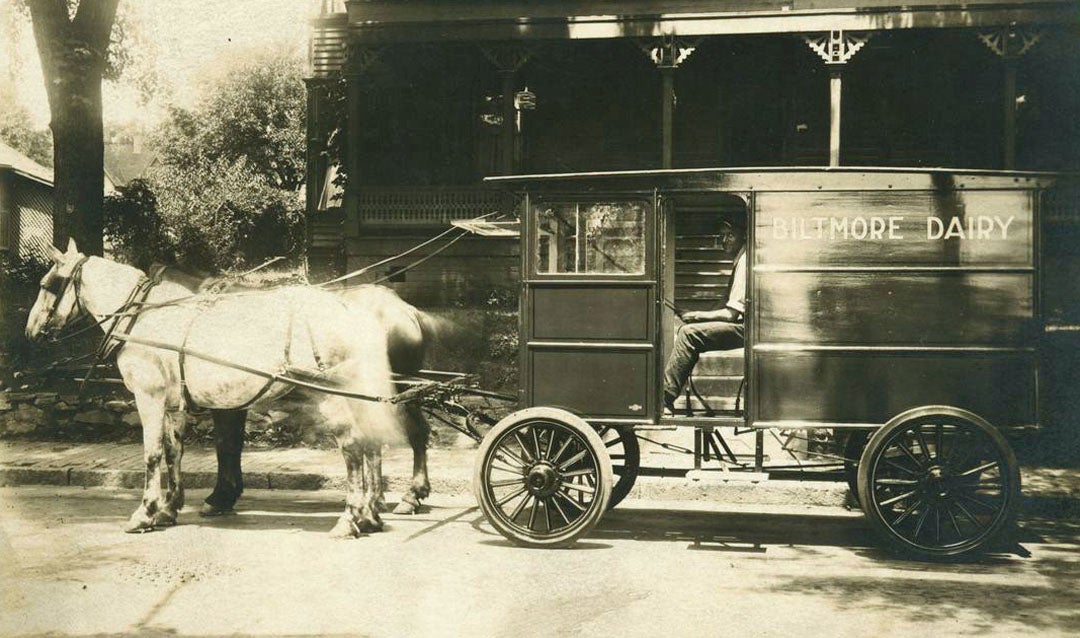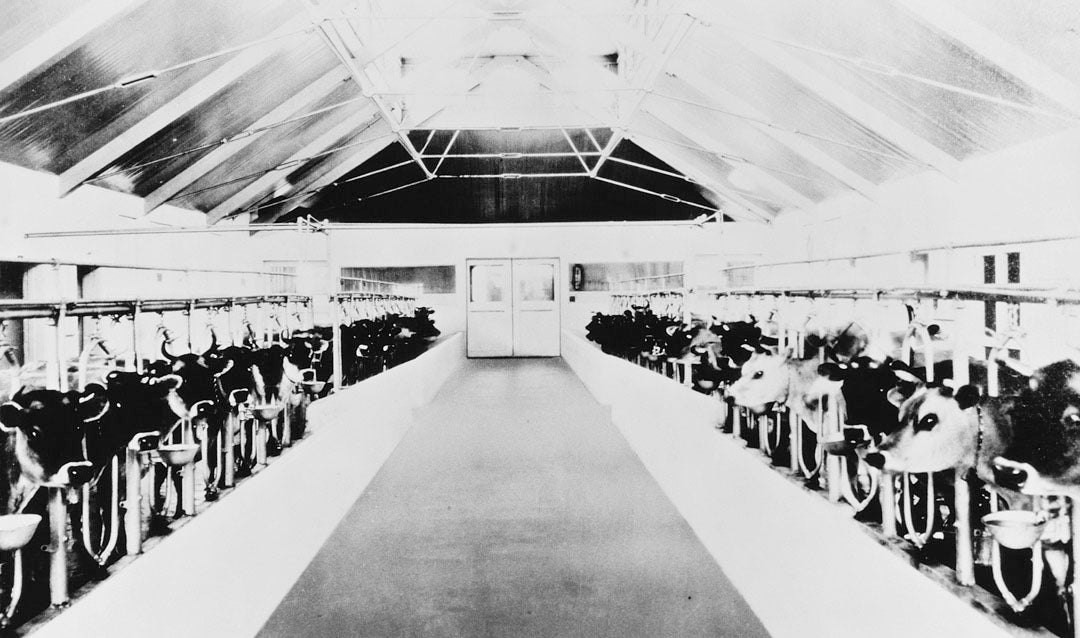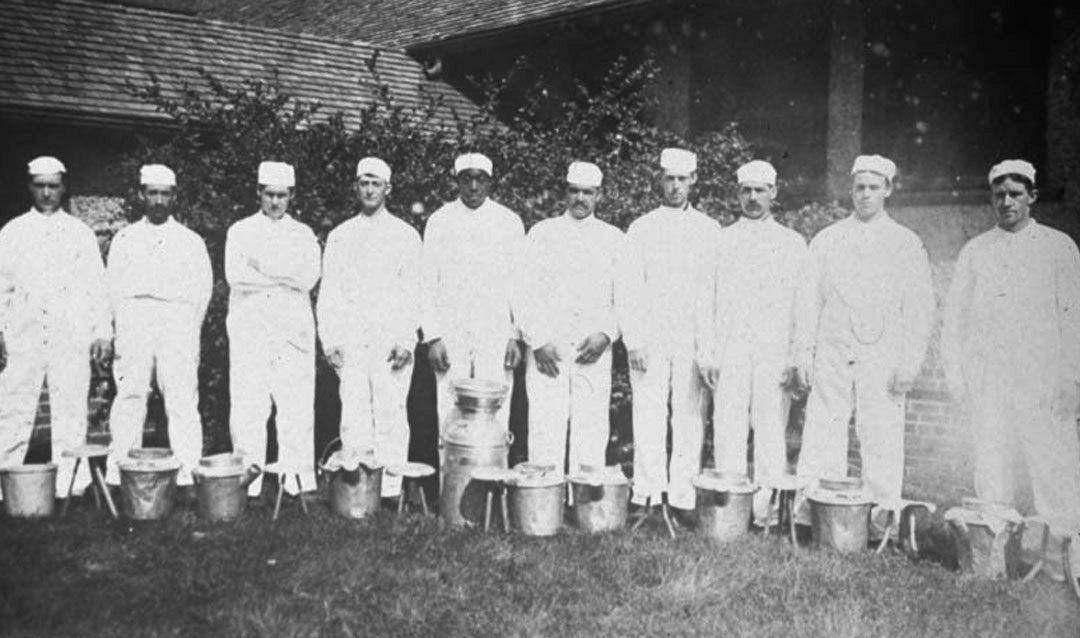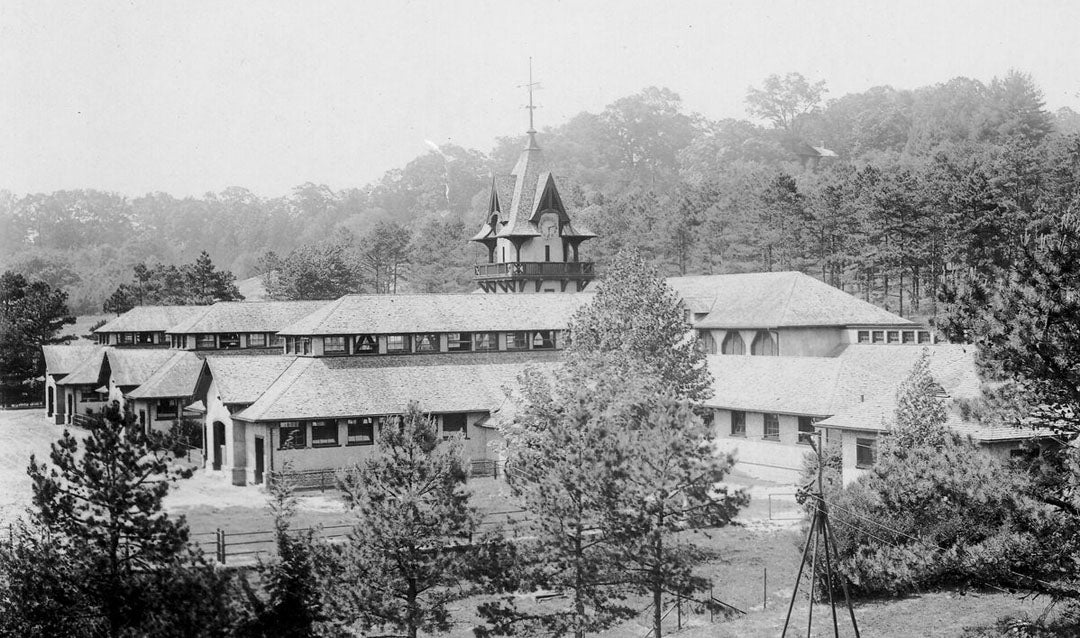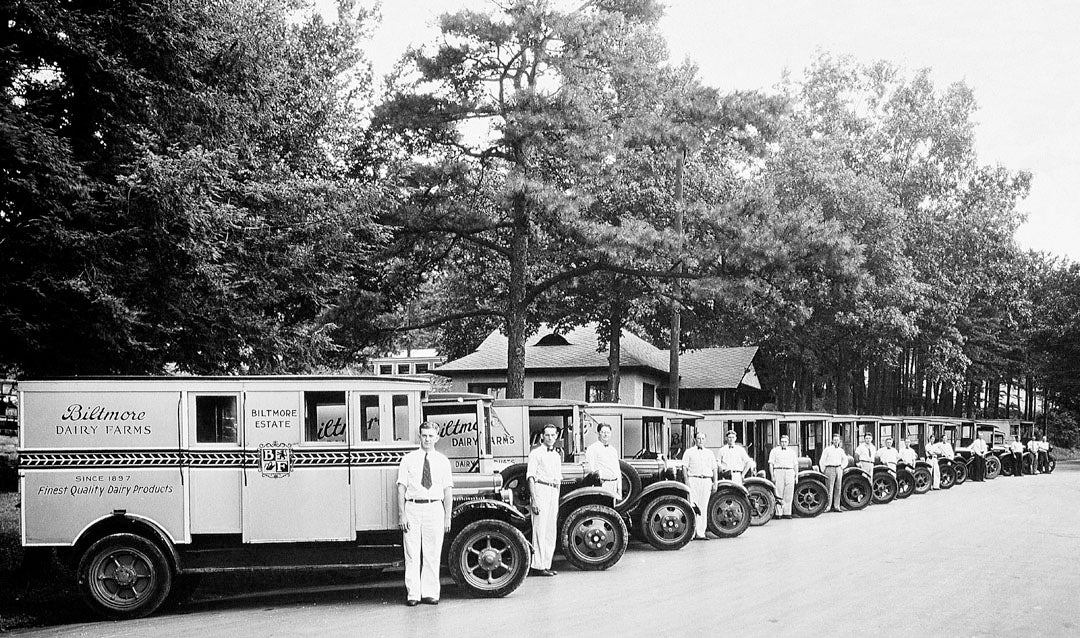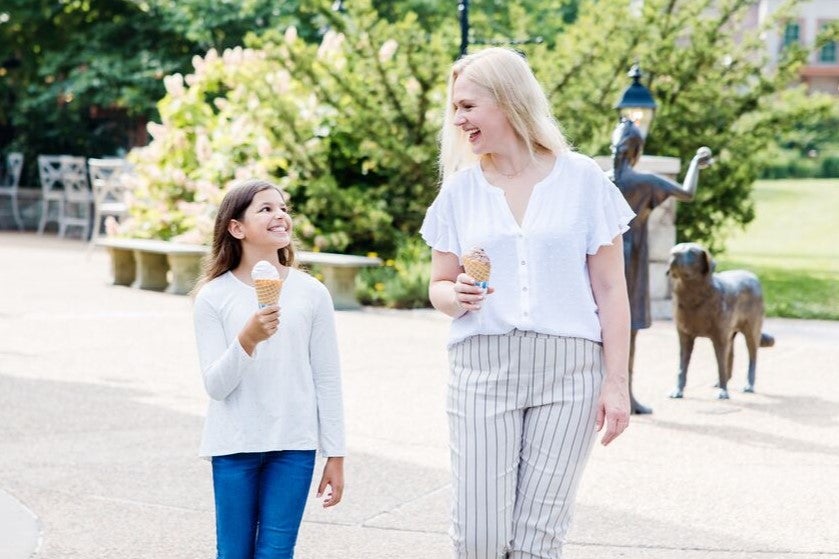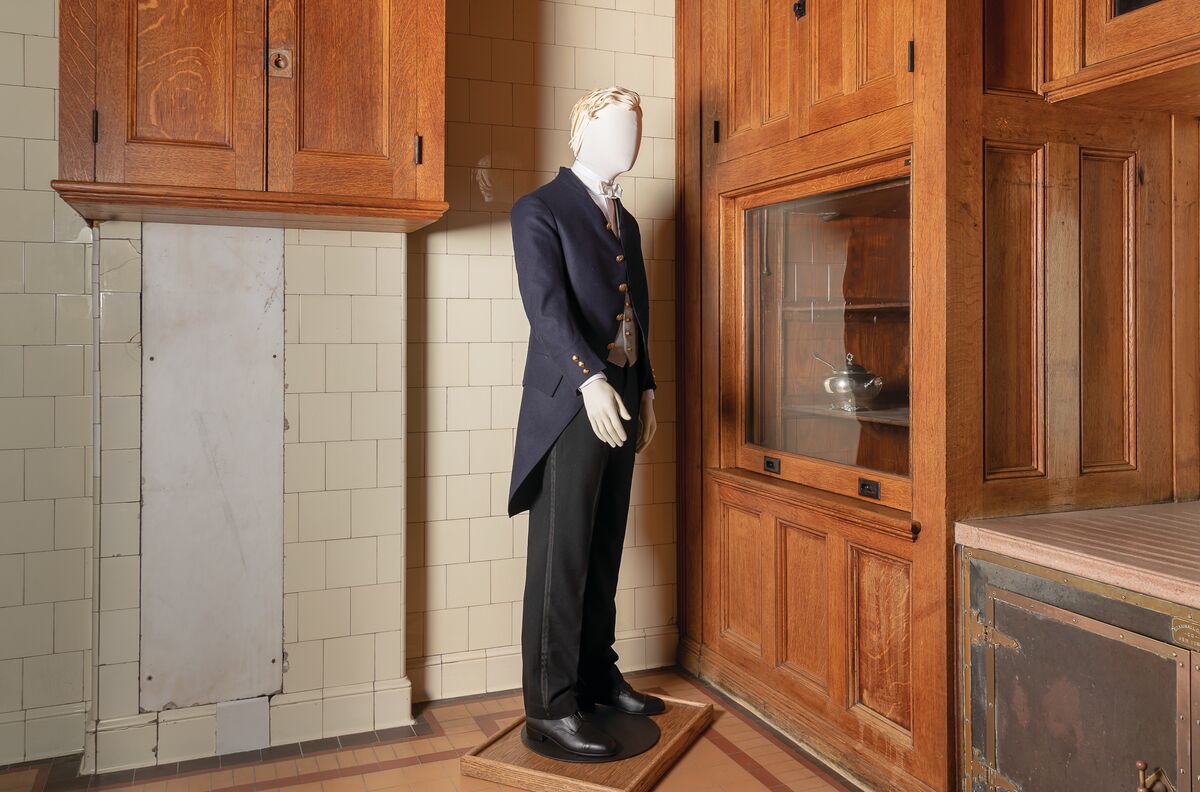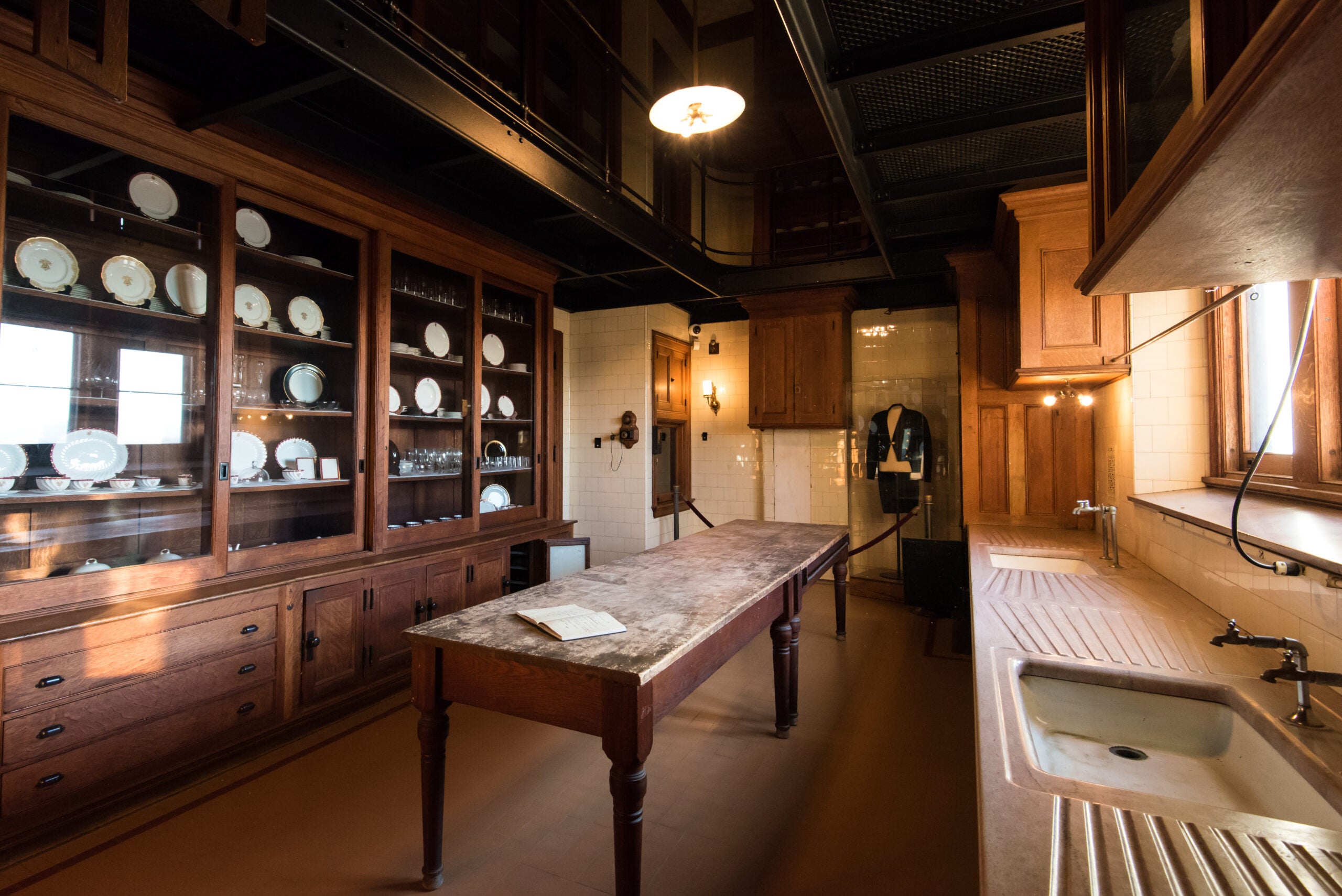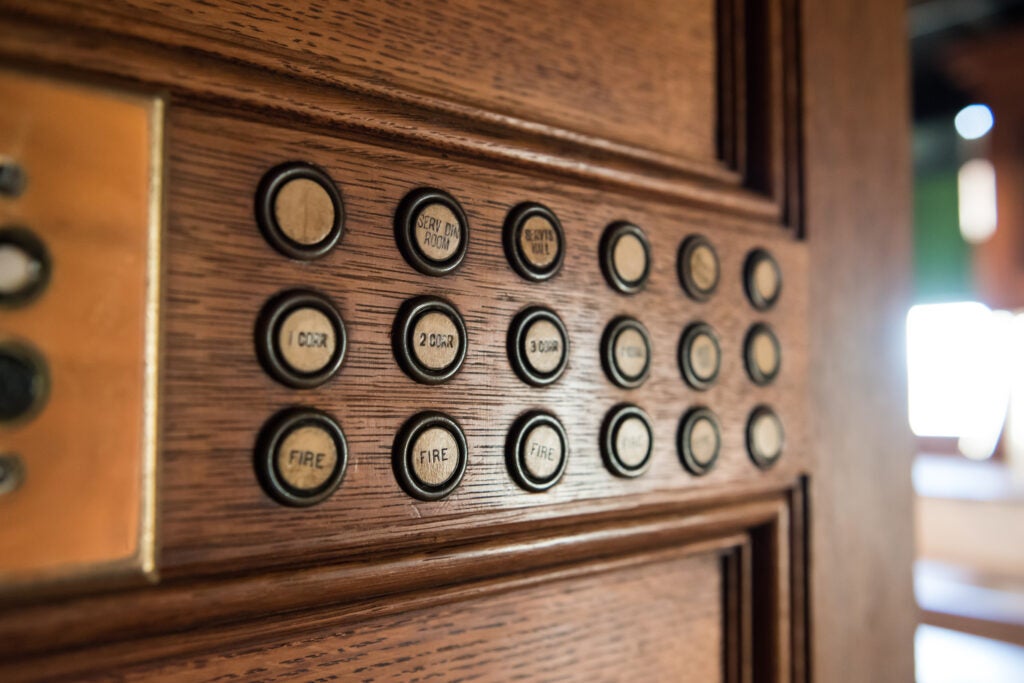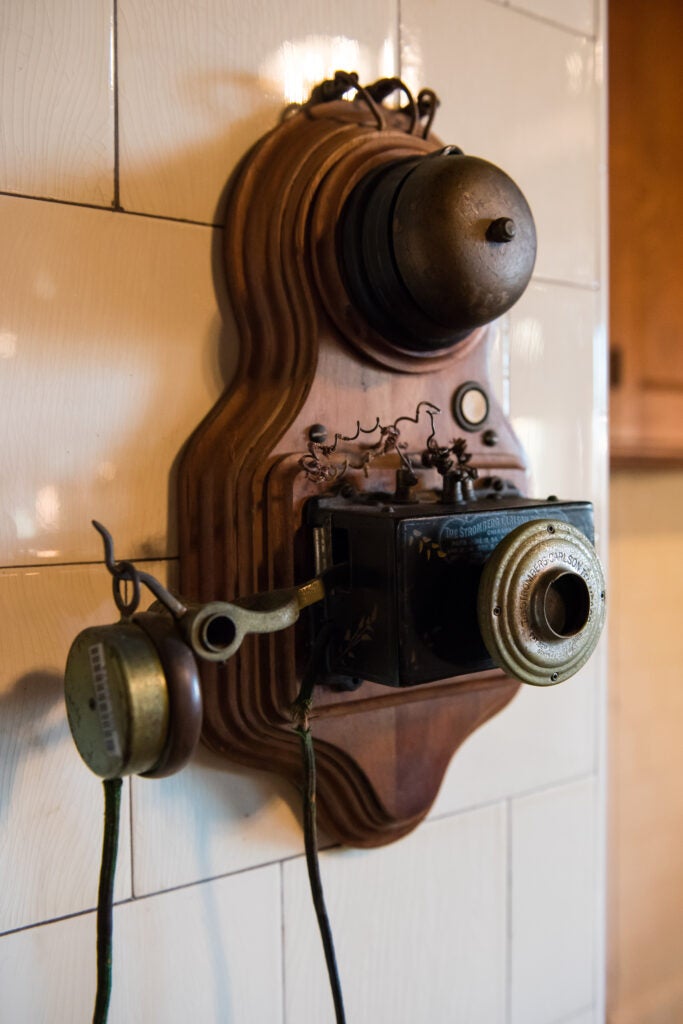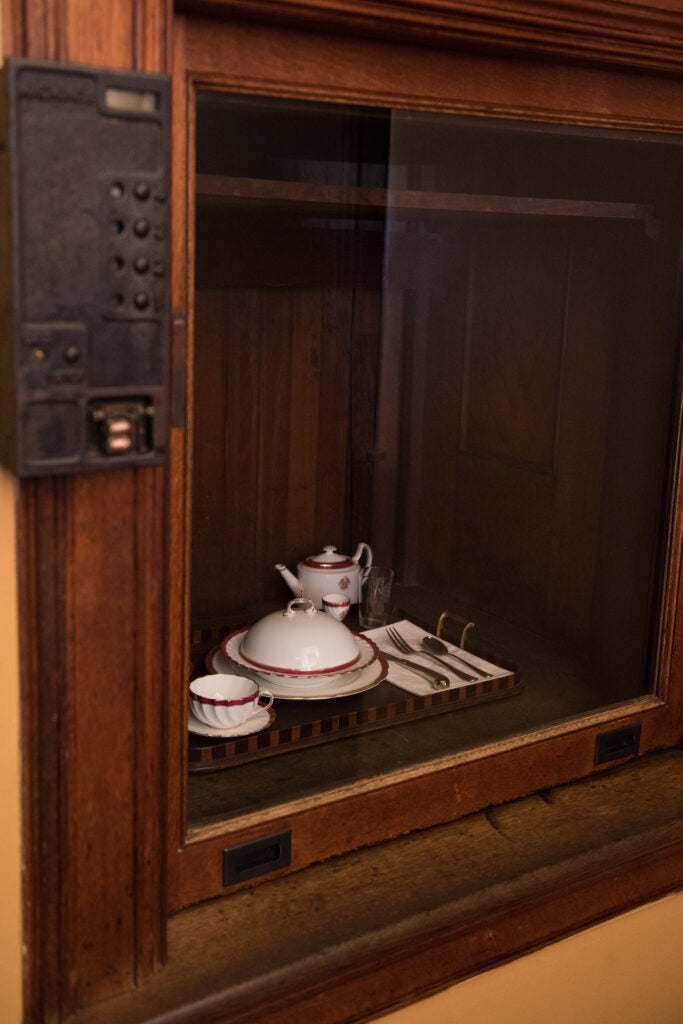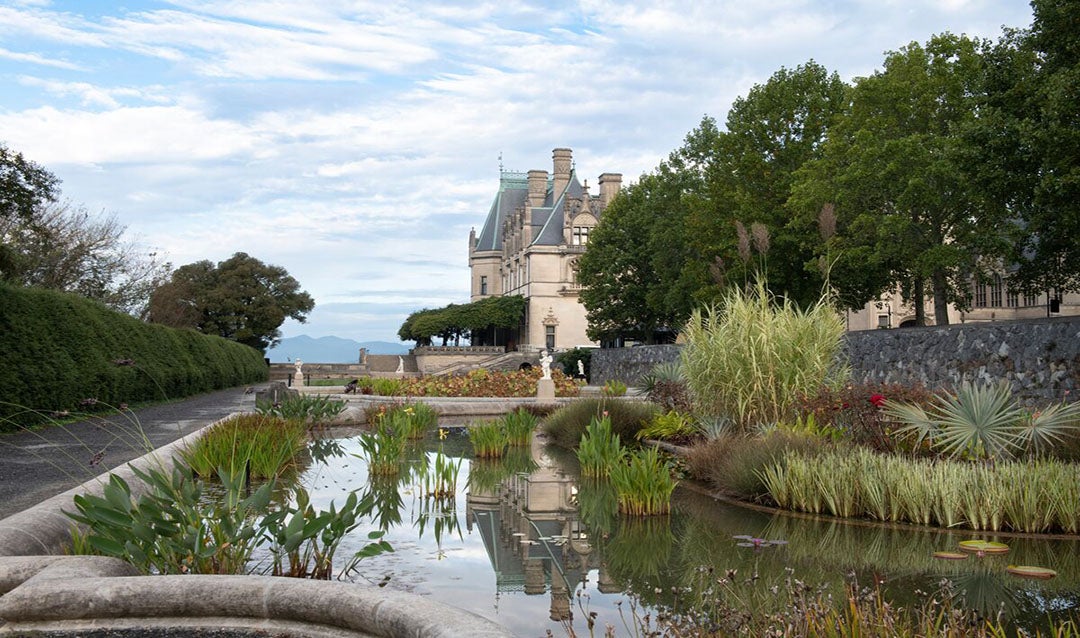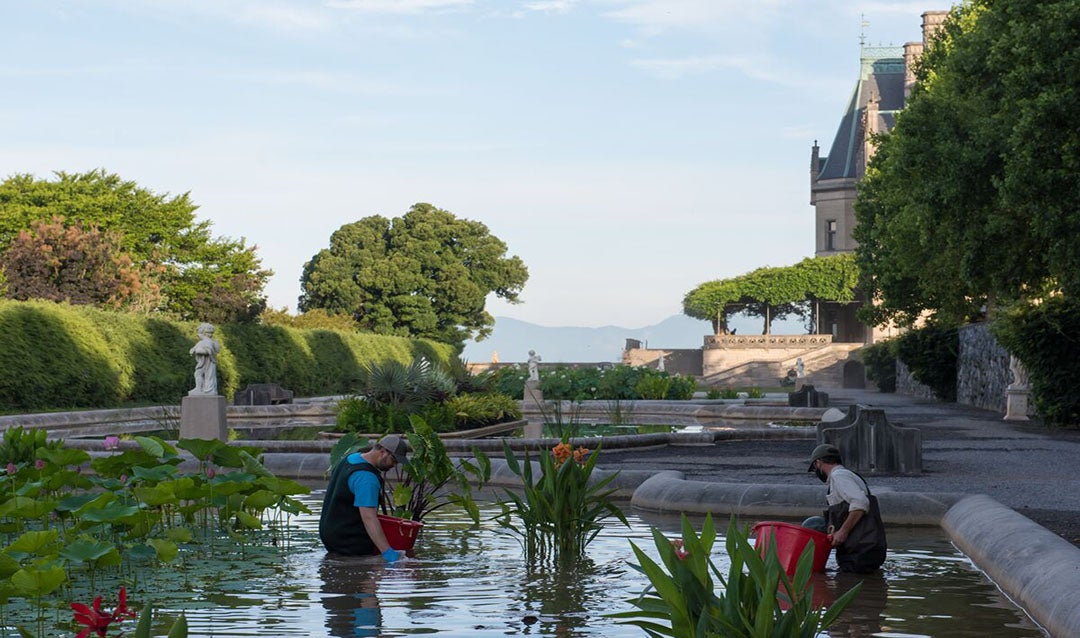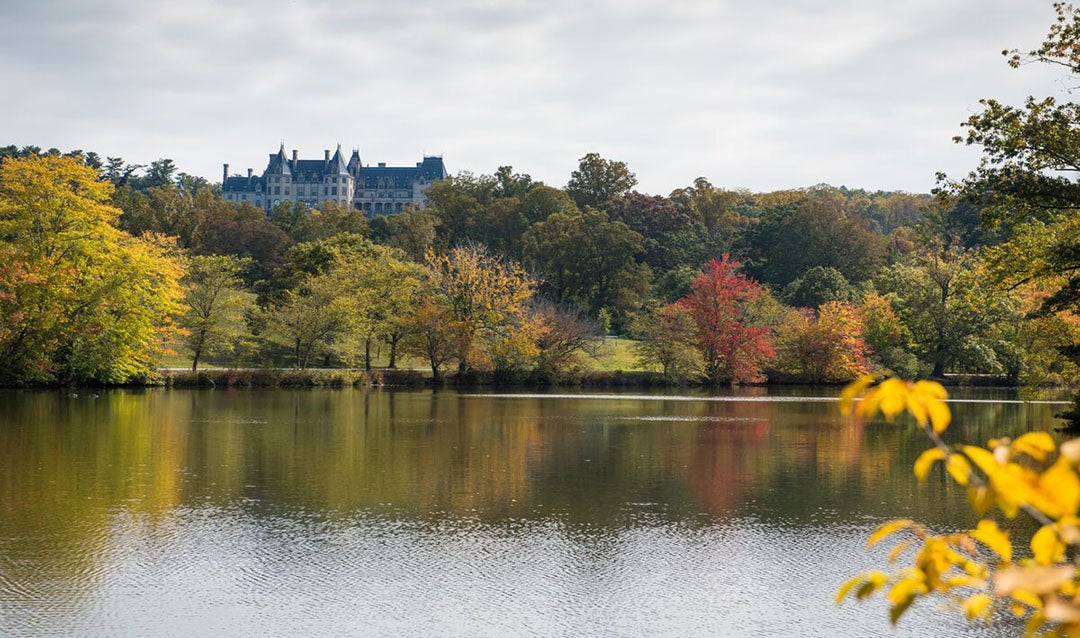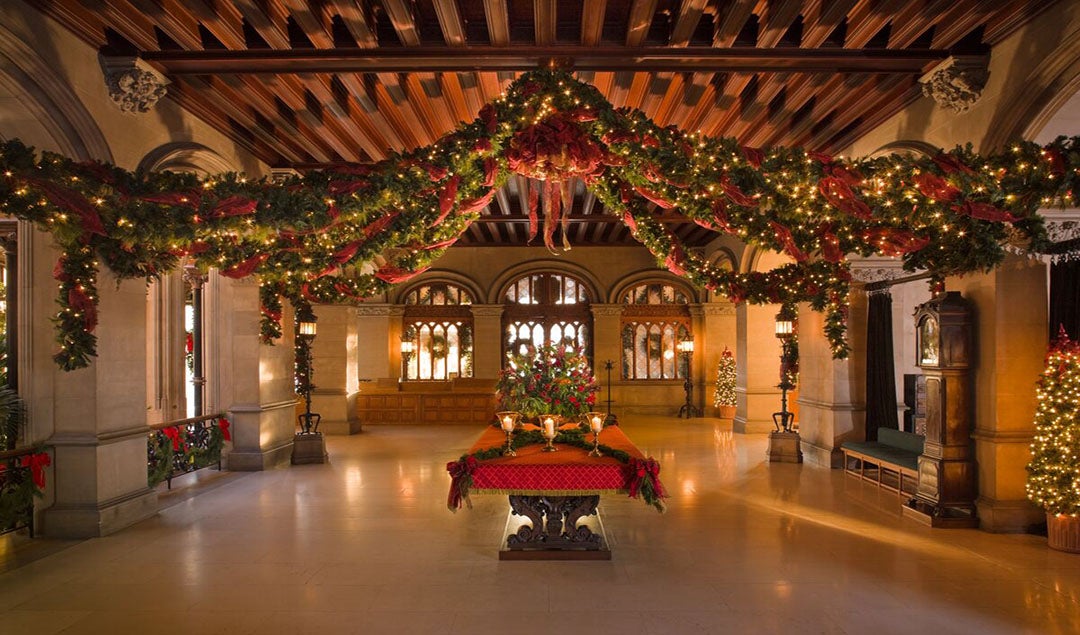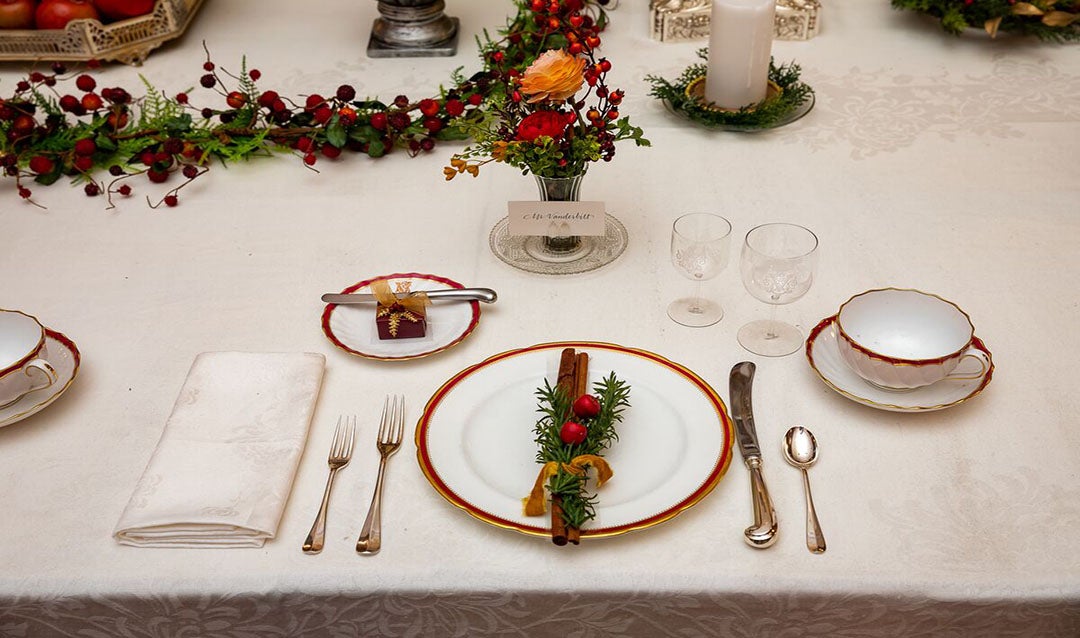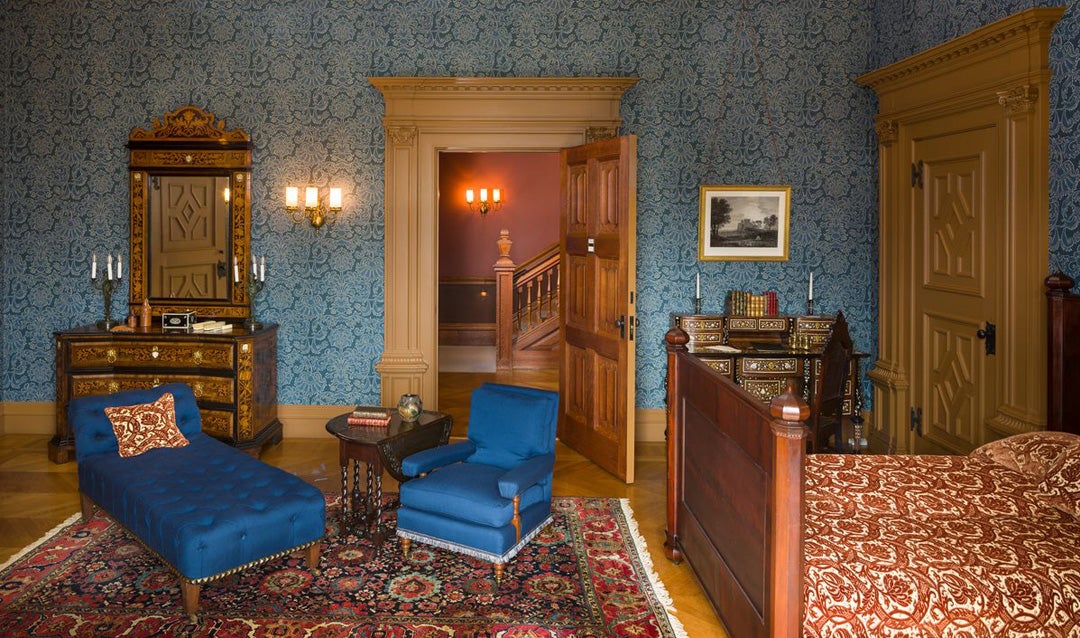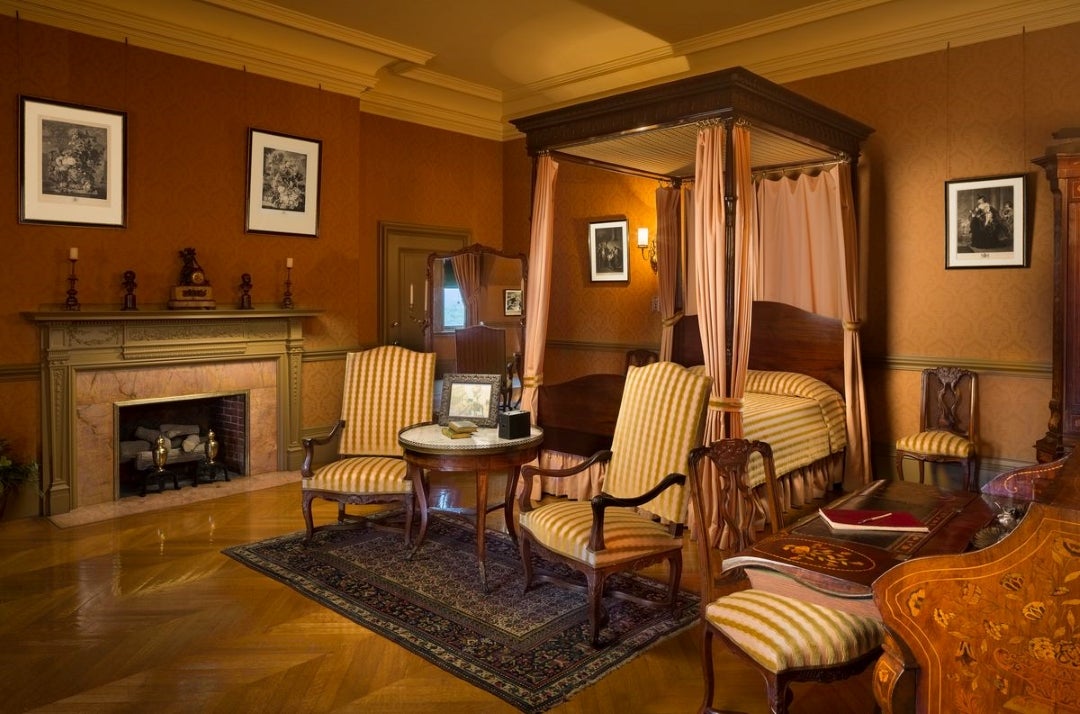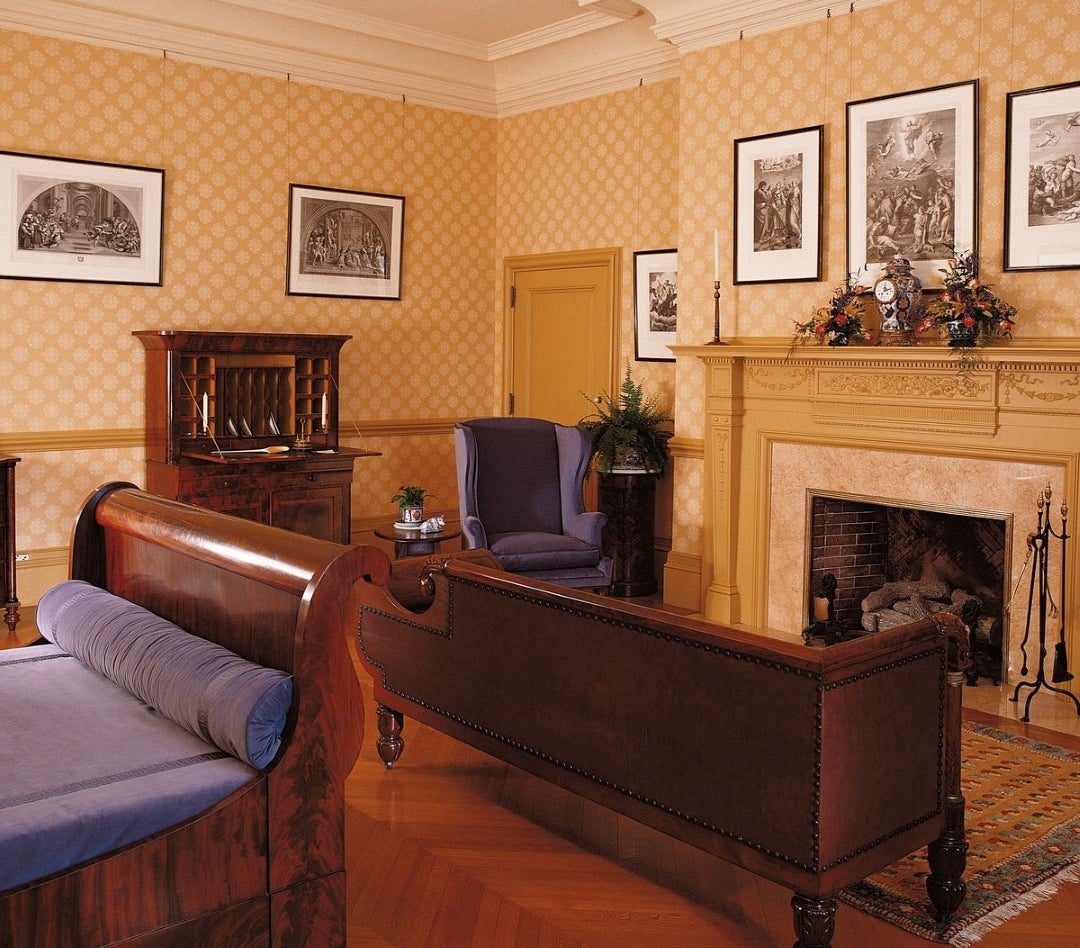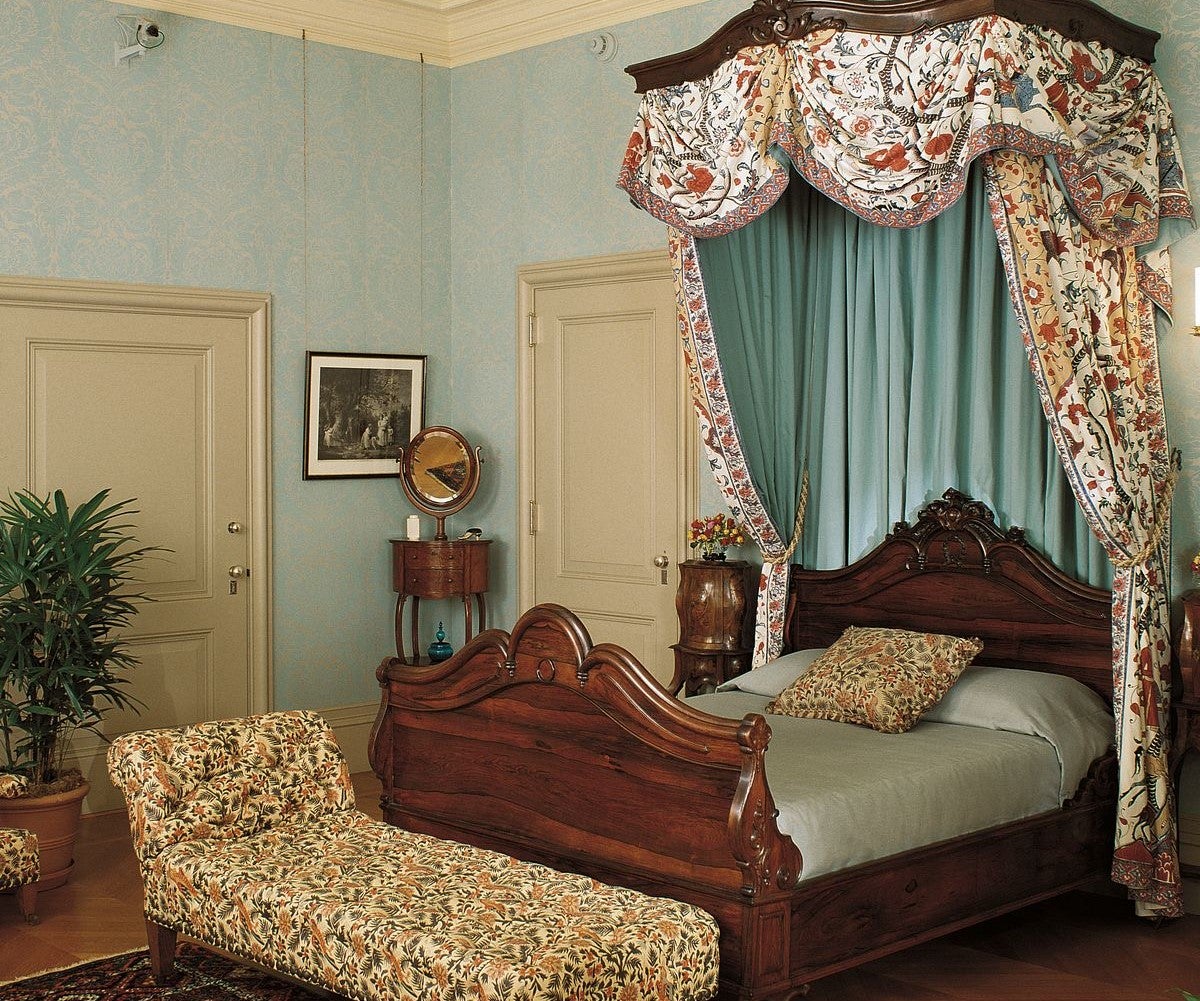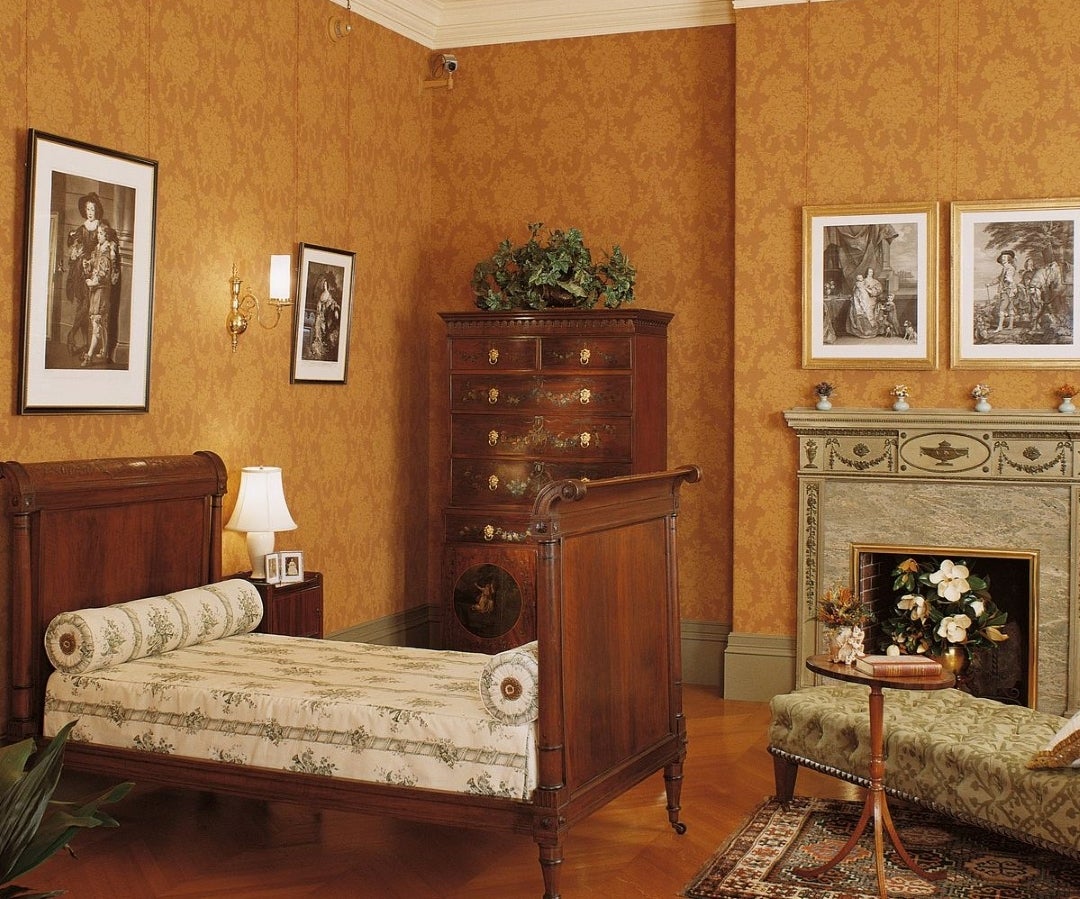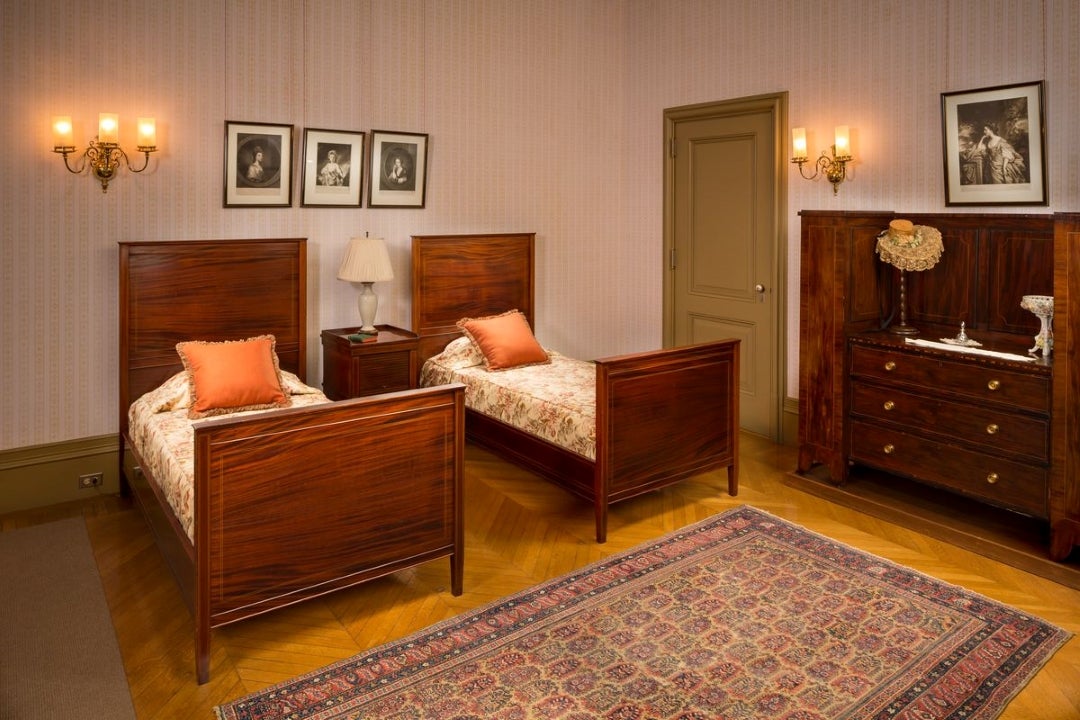In addition to Biltmore House in Asheville, NC, the Vanderbilts had another home on the estate’s original 125,000 acres: Buckspring Lodge.
A rustic, Adirondack-style retreat on the slopes of Mt. Pisgah, located about 20 miles from Biltmore House, Buckspring Lodge was a world away from the elegantly landscaped terrain surrounding America’s Largest Home®.
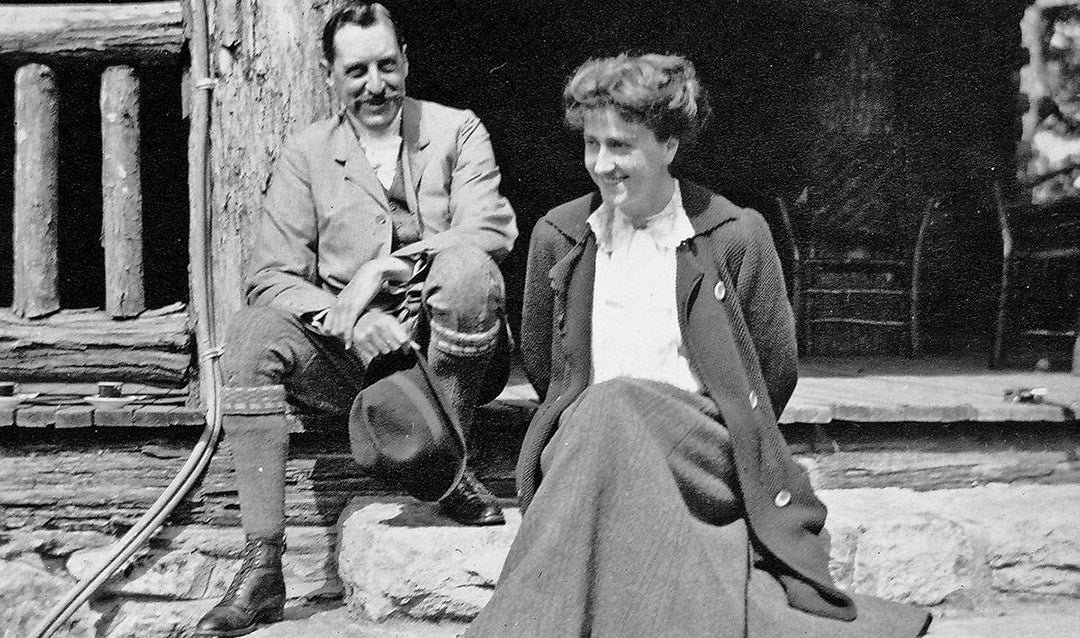
An Elevated View
It was fashionable at that time for wealthy families to create summer retreats in the mountains or by the seashore, often spending the entire season away from their main residence.
George Vanderbilt had already acquired a cottage in Bar Harbor, Maine, which he enlarged and renamed Pointe d’Acadie, but he spent less time there after making Biltmore his permanent home, choosing instead to enjoy the cool heights and splendid views of the Blue Ridge Mountains.

Family, Friends & Biltmore Sheep
In addition to the main Buckspring Lodge building, which was designed by Biltmore architect Richard Morris Hunt and completed under the direction of his son Richard Howland Hunt, there was separate kitchen structure, a smaller guest cottage, and a stable that would eventually become a garage. Edith Vanderbilt added a garden and a tennis court to the site, and guests could hike and hunt to their hearts’ content.
Family and friends weren’t the only visitors, however—a flock of Biltmore sheep spent time there, as well, providing effective “grounds maintenance” in return for their room and board. The sheep kept the grass short and added a pleasant pastoral note to the ambience of the Vanderbilt’s private mountain retreat.
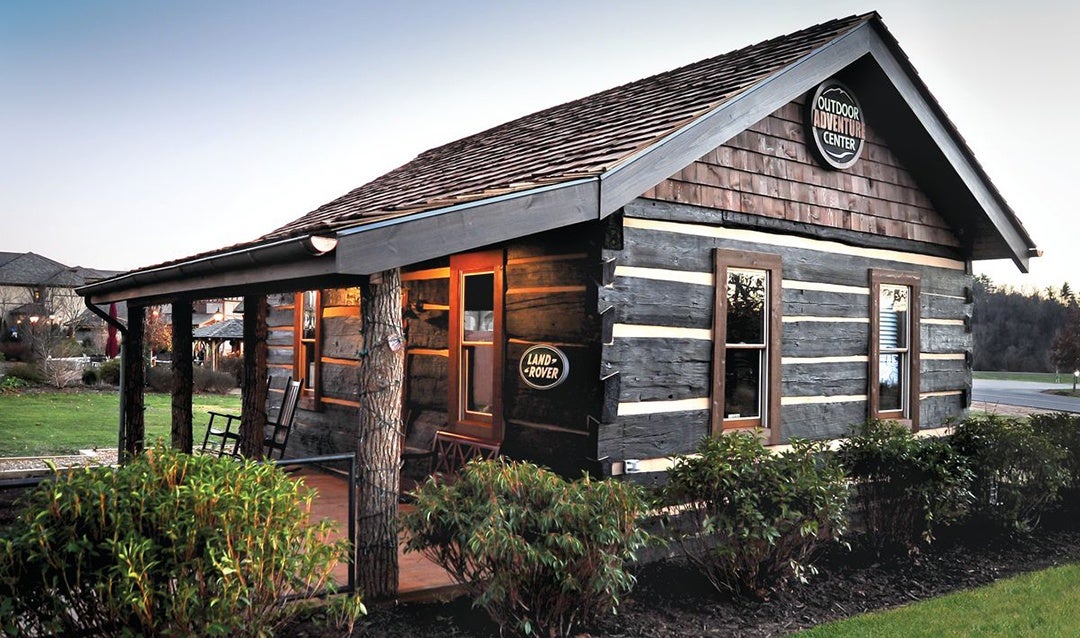
New Life for an Old Cabin
After George Vanderbilt‘s death in 1914, Edith Vanderbilt sold most of the estate’s Pisgah Forest land to the federal government to become a national forest. Her grandson George Cecil inherited the property, eventually selling it to allow unobstructed construction of the Mount Pisgah section of the Blue Ridge Parkway.
A ranger’s cabin, constructed in 1912 of decades-old logs salvaged from early settler’s cabins on Vanderbilt’s Pisgah Forest tract, was removed from the site at that time and rebuilt in Asheville as a family home.
In 2015, this historic cabin and some of its furnishings were donated to Biltmore. Now restored in Antler Hill Village, the cabin serves as the headquarters for our Outdoor Adventure Center and Land Rover Experience.
